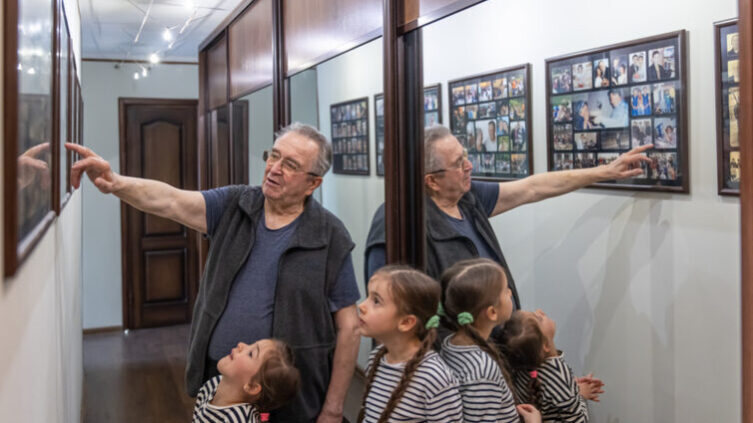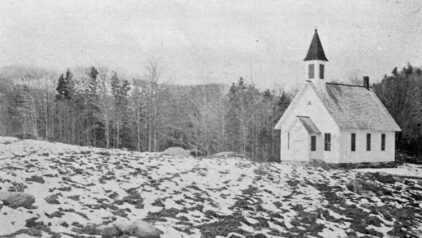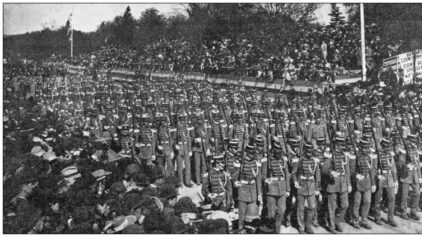Why Are Orphan and Adoption Records Key to Uncovering Missing Ancestors?
- By Melanie ·


Whether you are an adoptee or discover a relative without parental connection, the discovery of biological family ties often fills in empty spaces inside. Unfortunately, without modern record-keeping, discovering them can involve a long and complex journey. Gaps in a family tree frustrate genealogy researchers, but few cause as much trouble as orphan and adoption-related ones. Finding information about these individuals can fill in a lot of other details, too.
Adoption records commonly include parent information, birth dates, location, and reasons, which can help from both an academic and an emotional standpoint. A lot of secrecy often surrounds these situations, and existing members of the family may not want to talk about a long lost relative. With orphan and adoption records, you can uncover new branches of the family tree, learn more about personal history, and shed light on the entire familial structure.
Practical Uses for Orphan and Adoption Records
The more verifiable information the better for genealogy researchers. These records can help you strengthen existing branches or find completely new ones. From a broader historical context, orphan and adoption records also teach you a lot about social situations, cultural migration, and other intriguing topics. Other documents including military collections can provide an alternate route into the lives and legacy of these past family members.
Orphan Records Bridge the Gaps in Family Branches
Not all orphaned children were adopted, of course, which makes them often more difficult to trace. Throughout the 1600-1800s, poorhouses and orphanages were unfortunately quite common in the United States. Some placements were temporary and thus had more detailed record keeping. Others involved foundlings, who came with no documentation at all about their identity. Researcher Sandy Fleming discovered multiple generations of orphaned relatives with little more than worn photos to identify them until a historical death notice in newspaper files caught her eye. Sometimes, even the tiniest and most hidden records can open the gates to new knowledge.
Orphanage records and the census offer the best options for discovering these records. When you identify a child that fills a gap between other family members, you get a more complete picture of their experiences. Sometimes information comes from unlikely places, such as in the instance of the near-adoption of Holocaust survivor Piotr ‘Shalom’ Korzcak. The American family who almost adopted him provided unique documentation about the process and his life.
Adoption Records Lead to New Branches
When adoption records exist, you have a greater opportunity to find detailed information about an individual and where they ended up. While their adoptive family is not genetically tied to yours, it can still offer new branches of identity and understanding for genealogy researchers. Putting a child up for adoption or adopting one into the family are often things kept secret, especially in the time when unwed or extramarital pregnancies were deemed incredibly shameful. Unfortunately, some records reveal unscrupulous activity, such as in the case of kidnapped Scott Lieberman, adopted after forceful removal from his family under Chile’s oppressive dictatorship in the 70s and 80s.
Many of these bonds are discovered through DNA testing today. Cross-referencing with other researchers’ charts can also provide new information. Not only have long-lost family members discovered each other for the first time, but long-lost bonds are reforged. Such is the story of Monika Fleming, who learned she was adopted while tracking her genealogy at age 30. Her adopted mother only revealed this truth on her death bed, but Monika already knew she did not fit neatly into the existing family tree.
A DNA test and additional research led her to a small German village and records from the local Lutheran parish. While the data soothed her need to know, the results from the tests brought her even more, three half-siblings, dozens of nieces and nephews, and photos of her father and grandmother where she can see her own eyes staring back at her.
Conclusion
Not every story of discovering long-lost family members ends up with happy reunions. Of course, many of them are from times far back in history. However, with every new orphan and adoption record unearthed, another piece of the puzzle slides into place. Not only have people discovered more about who they are but have also connected with people all over the world who sit somewhere on the family tree. Genealogy research itself embraces the mystery and celebrates uncovered clues. Sometimes surprising truths about orphans and adopted relatives shine light on more than you expected.











